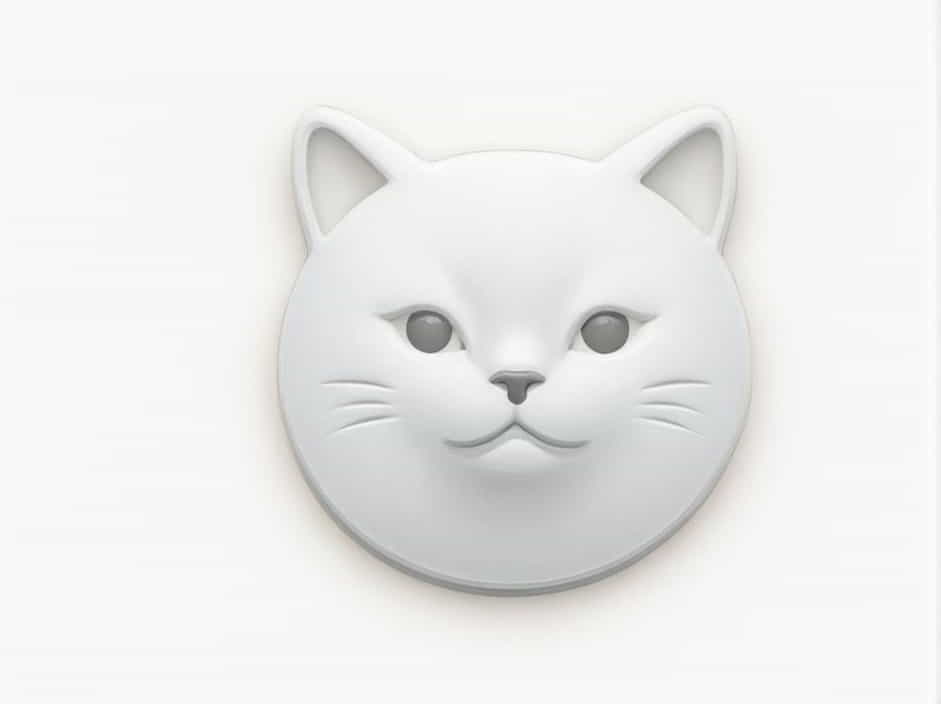If you’ve ever watched a cat rhythmically pressing its paws against a soft surface, you’ve witnessed a behavior called kneading. Often referred to as “making biscuits,” this common feline action is both adorable and mysterious. But why do cats knead? Is it a sign of happiness, instinct, or something else?
This topic explores the reasons behind cat kneading, what it means for their emotions, and how owners can interpret and respond to this fascinating habit.
Why Do Cats Knead?
Kneading is an instinctive behavior that starts when cats are kittens and continues into adulthood. It serves several purposes, from comfort to communication.
1. A Remnant of Kittenhood
Kittens knead their mother’s belly to stimulate milk flow while nursing. This action is associated with warmth, security, and nourishment. Many cats carry this comforting habit into adulthood.
2. Marking Their Territory
Cats have scent glands in their paws. When they knead, they release pheromones onto the surface they are pressing. This helps them mark their territory, signaling to other animals that a certain spot belongs to them.
3. A Sign of Contentment
Many cats knead when they are feeling relaxed and happy. If your cat kneads you, it may be a sign of affection, showing that they feel safe and comfortable in your presence.
4. Preparing a Cozy Spot
Wild cats knead grass, leaves, or bedding to create a soft resting place. Domestic cats may continue this behavior when getting comfortable before lying down.
5. Stretching and Exercise
Kneading helps cats stretch their muscles and keep their paws flexible. It’s similar to how humans stretch after waking up or before relaxing.
6. A Sign of Mating Behavior
In some cases, unspayed female cats may knead as part of their mating signals, showing that they are in heat and ready to attract a mate.
Why Do Some Cats Knead More Than Others?
Not all cats knead in the same way or with the same frequency. Several factors influence this behavior:
- Breed Differences: Some cat breeds, such as Ragdolls and Siamese, are more prone to kneading due to their affectionate nature.
- Personality: Some cats are naturally more expressive and may knead more often than others.
- Early Experiences: Cats that were weaned early may knead more frequently, as they associate the behavior with comfort.
Does It Hurt When a Cat Kneads?
Kneading can sometimes be painful, especially if your cat has sharp claws. However, they don’t intend to hurt you. If kneading becomes uncomfortable, try these solutions:
- Place a Blanket or Towel on Your Lap: This provides a soft barrier between your skin and their claws.
- Trim Their Nails Regularly: Keeping their claws short can reduce discomfort.
- Redirect Their Kneading to a Soft Pillow or Blanket: Encourage them to knead on a designated item instead of your lap.
Should You Stop Your Cat from Kneading?
Since kneading is a natural and instinctive behavior, it’s best not to discourage it completely. However, if your cat kneads too aggressively or at inconvenient times, gentle redirection can help.
How to Encourage Healthy Kneading Behavior
- Provide Soft Bedding: Give your cat a cozy blanket or cushion they can knead freely.
- Reward Positive Behavior: When your cat kneads in an appropriate place, offer gentle praise or a treat.
- Avoid Punishment: Never scold your cat for kneading, as it may cause stress or confusion.
Kneading is a natural, comforting, and affectionate behavior that cats display for various reasons. Whether they are marking territory, showing love, or preparing a cozy spot, this instinctive habit is a sign of a happy and content feline.
Understanding why cats knead helps strengthen the bond between you and your furry friend, ensuring they feel safe and loved in their home.
